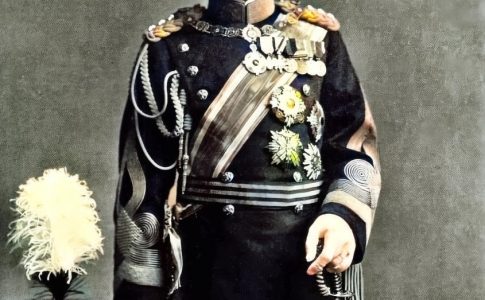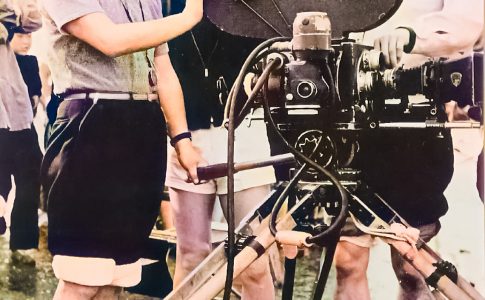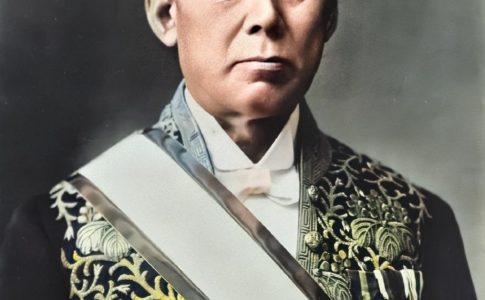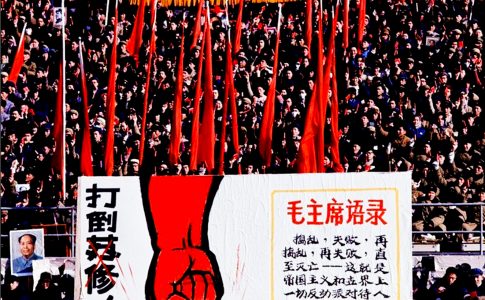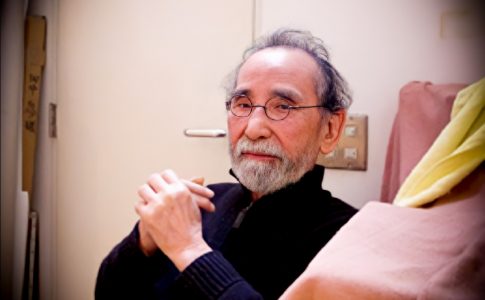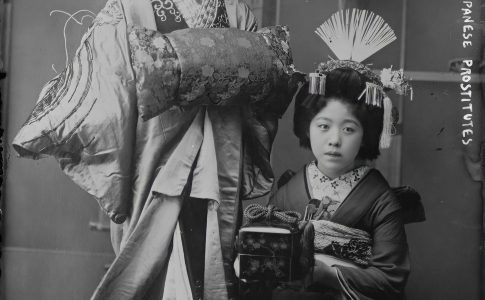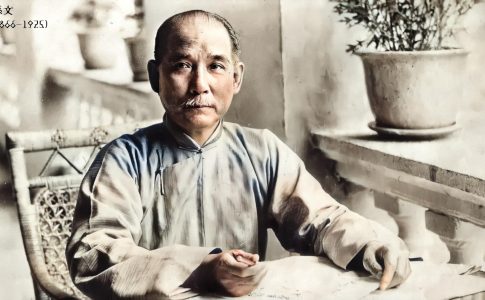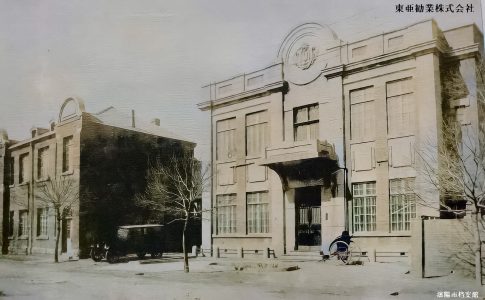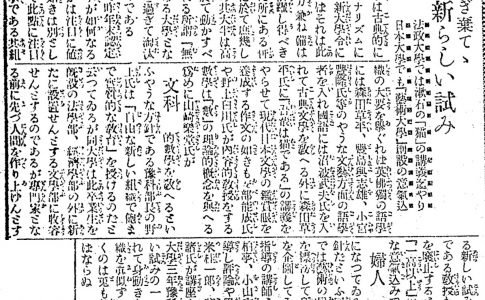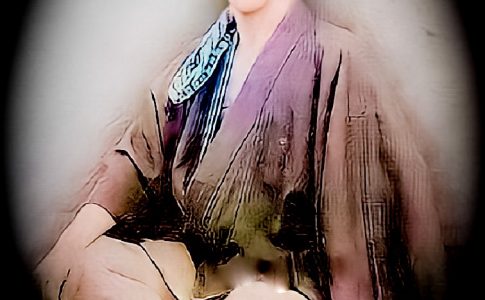Wednesday, April 6, 1921: Lightening the signing burden of Emperor Taisho.
Wednesday, April 6, 1921: The Privy Council decided to lighten the burden of Emperor Taisho signing the medal for merit in his own hand. Previously, the title had been written by the third or higher rank calligrapher, but it was changed to the second or higher rank. A medal for merit is a certificate which is given to a recipient of a decoration and sealed with the seal of state, and the emperor himself signs the higher rank. The work load to the emperor increased recently with the increase of the persons with merit, and the Ministry of the Imperial Household regarded it as a problem. He attended the meeting...

